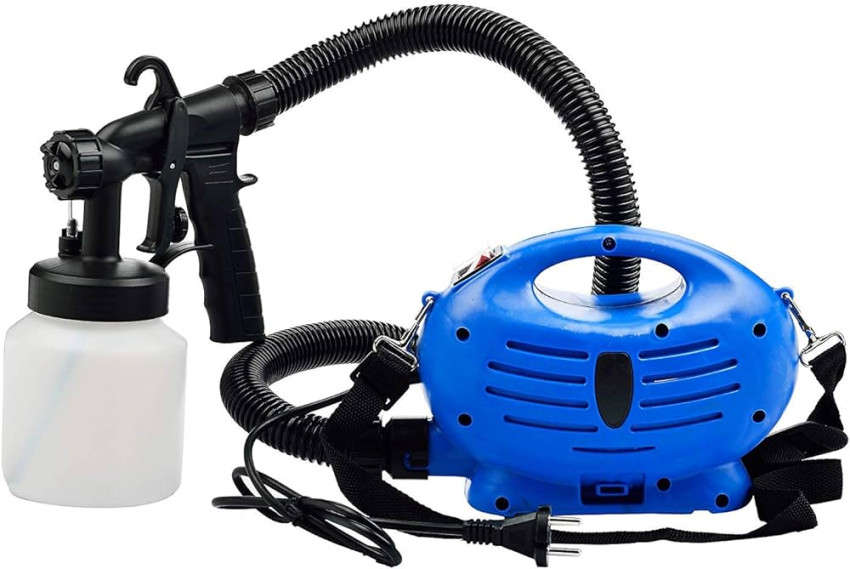
Pump systems are crucial in various industries and applications, including mining, oil and gas, power generation, water treatment, etc. These systems move fluids from one place to another by converting mechanical energy into hydraulic energy.
Despite widespread use, pump systems require proper design, installation, operation, and maintenance to ensure optimal performance and longevity.
Here, we will explore into the intricacies of pump systems beyond the basics and discuss how to master their applications.
Understanding Pump Systems
Pump systems can be classified based on various criteria, such as the type of fluid being pumped, the energy conversion method, and the flow direction. However, the most fundamental classification is based on their operating principle – positive displacement or centrifugal.
Positive displacement (PD) pumps
Positive displacement (PD) pumps trap a specific fluid volume and force it into the discharge pipe. These pumps, like hydraulic systems, are generally used for low-flow rates and high-pressure applications.
On the other hand, centrifugal pumps utilize the kinetic energy of a rotating impeller to move fluids from the inlet to the outlet. These pumps suit high flow rates and low-pressure applications like water supply systems.
Replacement Pump
Graco is a well-known brand in the pump industry, offering a wide range of products for various applications. Their pumps are known for their
Reliability
Durability
Efficient performance.
However, like any other mechanical equipment, Graco pumps may require replacement, especially when they have reached the end of their lifespan or suffered significant damage.
When it comes to graco replacement pump, selecting the right pump for your specific application is essential. The first step in this process is understanding the type of pump you need – positive displacement or centrifugal. Once you have determined this, consider other factors such as flow rate, pressure, fluid style, and material compatibility.
It is worth noting that Graco offers a variety of replacement pumps for its different product lines.
For example, the Husky 515 pump replaced the Husky 716 pump, or the Endura-Flo 4:1 pump replaced the T2 1:1 transfer pump. Therefore, it is crucial to carefully check the specifications and compatibility of the replacement pump before making a purchase.
Pump System Design Considerations
Proper design ensures a pump system's optimal performance and longevity. The following are some key considerations to keep in mind during the design phase:
Flow rate
The flow rate requirement determines the size and capacity of the pump, which should be selected accordingly.
If the flow rate is too high, it can cause excessive wear and tear on the pump components.
Fluid type
The fluid being pumped plays a significant role in selecting the right pump. Different liquids have different viscosities, corrosiveness, and abrasiveness, impacting the pump's performance and material compatibility.
Pressure requirements
The required discharge pressure must be carefully calculated to ensure the pump can handle it without failure.
System head
It is crucial to consider the total charge of the system, including friction losses in pipes and fittings, to determine the pump's required pressure.
Material compatibility
The material used for pump components must be compatible with the pumped fluid to avoid corrosion or damage.
Proper Installation
Even a perfectly designed pump system can only succeed if installed correctly. The following are some essential steps to ensure proper installation:
Foundation
The foundation or base of the pump must be solid and stable enough to support its weight and withstand vibrations.
Alignment
Proper alignment between the pump and motor is crucial for smooth operation and minimizing wear on components.
Priming
A centrifugal pump must be primed to remove any air from the system before starting.
Suction line
The suction line must be free of leaks, air pockets, and obstructions to maintain a steady fluid flow into the pump.
Operation and Maintenance
Proper operation and maintenance are paramount for ensuring the longevity and efficiency of a pump system. Here are some key points to keep in mind:
Promising start-up and shut-down procedures
The pump should be started and stopped according to the manufacturer's recommendations to prevent damage.
Monitoring
Regular monitoring of system pressure, temperature, and flow rate can help identify any issues early on.
Lubrication
Adequate lubrication is crucial for extending the lifespan of the pump components.
Regular maintenance
Regular inspections, cleaning, and replacement of worn or damaged parts are necessary for optimal performance.
Graco-specific care
Following the manufacturer's recommended maintenance schedule for Graco pumps is essential to ensure their warranty remains valid.
Conclusion
Pump systems are vital for various industries and applications, and proper understanding and mastery of their applications are crucial for optimal performance and longevity. Whether you need a Graco replacement pump or are designing a new pump system, considering the factors discussed in this document can help you achieve success. Remember to always consult with experts and follow manufacturer recommendations for best results. So, keep these tips in mind, and happy pumping!




